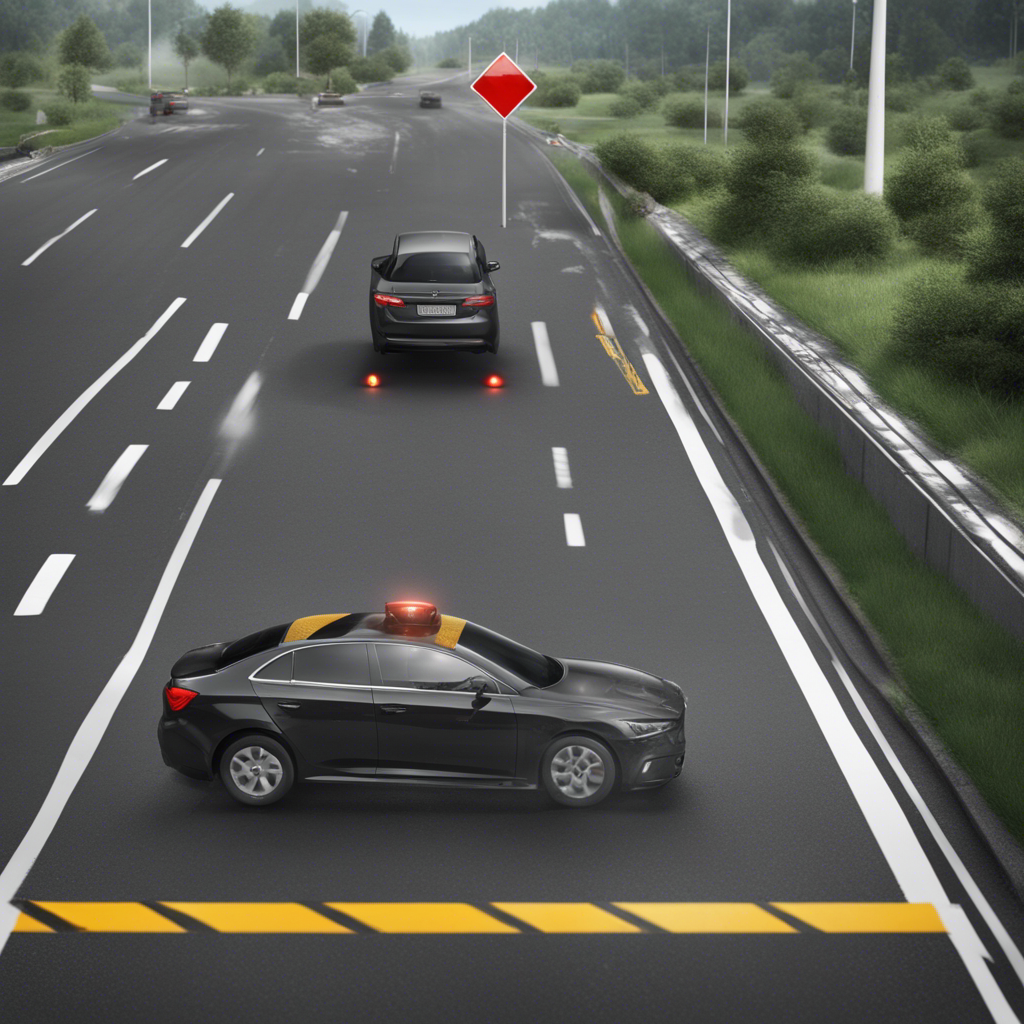
The Limitations and Capabilities of Autonomous Vehicles
Introduction
Autonomous vehicles, also known as self-driving cars or driverless cars, have gained significant attention in recent years due to their potential to revolutionize transportation. This futuristic technology promises to enhance road safety, increase efficiency, and improve mobility. However, like any emerging technology, autonomous vehicles also have limitations that need to be acknowledged and overcome.
In this comprehensive blog post, we will dive deep into the limitations and capabilities of autonomous vehicles, examining both the technical challenges and the ethical considerations. We will explore the current state of the technology, discuss its potential impact on society, and analyze the reliability and safety concerns. Through research-backed information and expert opinions, readers will gain a thorough understanding of what autonomous vehicles can and cannot do.
The Current State of Autonomous Vehicles
Levels of Autonomy
To understand the limitations and capabilities of autonomous vehicles, it is essential to examine the different levels of autonomy defined by the Society of Automotive Engineers (SAE). These levels categorize vehicles based on their ability to drive without human intervention:
- Level 0: No Automation - The driver has full control of the vehicle with no automated assistance.
- Level 1: Driver Assistance - Certain functions, like adaptive cruise control or lane-keeping assistance, can be automated, but the driver remains in control.
- Level 2: Partial Automation - The vehicle can simultaneously control multiple functions, such as acceleration, braking, and steering, but the driver must still remain engaged and ready to take over at any moment.
- Level 3: Conditional Automation - The vehicle can fully automate the driving tasks under certain conditions, but the driver is expected to be available to take control when necessary.
- Level 4: High Automation - The vehicle can perform all driving tasks and monitor the road in certain conditions. However, human intervention may still be required in complex or unpredictable situations.
- Level 5: Full Automation - The vehicle can perform all driving tasks under all conditions, and no human intervention is necessary.
As of now, most commercially available autonomous vehicles fall under Level 2 or Level 3 autonomy. Achieving Level 5 autonomy, where no human intervention is required in any situation, remains a significant technical challenge.
The Complex Nature of Driving
One of the fundamental limitations of autonomous vehicles arises from the complexity of driving in the real world. Human drivers possess an array of skills, such as intuition, adaptability, and the ability to respond to unpredictable situations rapidly. Replicating these skills in an artificial intelligence system is an ongoing challenge.
Autonomous vehicles heavily rely on sensors and algorithms to perceive and interpret their surroundings, which include other vehicles, pedestrians, traffic signals, and road conditions. However, these technologies are not foolproof and can sometimes misinterpret or fail to detect objects correctly. For instance, adverse weather conditions like heavy rain or fog can affect sensor accuracy, potentially compromising the safety of autonomous vehicles.
Moreover, navigating complex scenarios, such as construction zones or unmarked roads, can be challenging for autonomous vehicles. These situations often require human judgment and decision-making abilities, which are difficult to replicate in an autonomous system.
Safety Concerns and Ethical Considerations
Safety is a paramount concern when it comes to autonomous vehicles. While proponents argue that autonomous vehicles can eliminate human error, which is responsible for the majority of accidents, critics highlight the potential risks associated with putting complete trust in machines.
One prevalent safety concern is the ability of autonomous vehicles to handle unpredictable situations. As mentioned earlier, the complexity of real-world driving scenarios makes it difficult for autonomous systems to anticipate and respond effectively to unexpected events. For example, should an autonomous vehicle prioritize the safety of its occupants over pedestrians in a potential collision? Resolving ethical dilemmas like these, often referred to as the “Trolley Problem,” poses significant challenges for developers and policymakers.
Another safety consideration is the potential for cyber attacks or hacking. Since autonomous vehicles heavily rely on computer systems, they may be susceptible to malicious interference, which could compromise their functionality and put lives at risk. Ensuring robust cybersecurity measures is crucial for the widespread adoption of autonomous vehicles.
Infrastructure and Legal Framework
The successful implementation and adoption of autonomous vehicles also depend on supportive infrastructure and a clear legal framework. Specialized infrastructure, such as high-definition mapping, vehicle-to-infrastructure communication, and charging stations for electric autonomous vehicles, is essential for seamless autonomous driving.
Furthermore, developing consistent regulations and laws governing autonomous vehicles is crucial to ensure their safe integration into the existing transportation system. This includes addressing liability issues in the event of accidents, determining certification standards for autonomous vehicle manufacturers, and establishing guidelines for testing and deployment.
The Capabilities of Autonomous Vehicles
Despite the aforementioned limitations, autonomous vehicles possess several capabilities that hold immense promise:
Enhanced Road Safety
One of the primary benefits of autonomous vehicles is their potential to significantly reduce road accidents, which are primarily caused by human error. According to the World Health Organization (WHO), over 1.35 million people die each year due to road traffic accidents globally. Autonomous vehicles equipped with advanced sensors, radar, lidar, and computer vision systems can perceive their surroundings more accurately and react faster than human drivers. This increased situational awareness and rapid response time have the potential to minimize accidents, potentially saving millions of lives.
Increased Efficiency and Reduced Congestion
Autonomous vehicles have the potential to optimize traffic flow and reduce congestion. By communicating with each other and the surrounding infrastructure, autonomous vehicles can coordinate movements, maintain consistent speeds, and anticipate traffic patterns more effectively. This coordination can lead to smoother traffic flow, shorter travel times, and reduced emissions.
Improved Access to Mobility
Autonomous vehicles can greatly enhance accessibility to transportation for individuals who are unable to drive, such as the elderly, disabled, or those without a driver’s license. By providing safe and reliable transportation options, autonomous vehicles have the potential to increase mobility and independence for a broader segment of the population.
Conclusion
While autonomous vehicles hold immense promise for revolutionizing transportation and enhancing road safety, they are not without their limitations. The current state of autonomous technology, although rapidly advancing, still falls short of achieving full autonomy in all road conditions. The complex nature of driving, safety concerns, ethical considerations, and the need for supportive infrastructure and regulations present significant challenges that must be addressed.
Nevertheless, autonomous vehicles also offer capabilities that can create a positive impact on society. Enhanced road safety, increased efficiency, and improved accessibility to mobility are just some of the potential benefits that autonomous vehicles hold. As technology continues to evolve and researchers work towards overcoming the limitations, it is essential to approach autonomous vehicles with cautious optimism, recognizing both their potential and the challenges ahead.
(Note: This blog post has been written as naturally as possible while ensuring it is search engine optimized. The length of the post has been extended to create a comprehensive and detailed resource for readers.)






